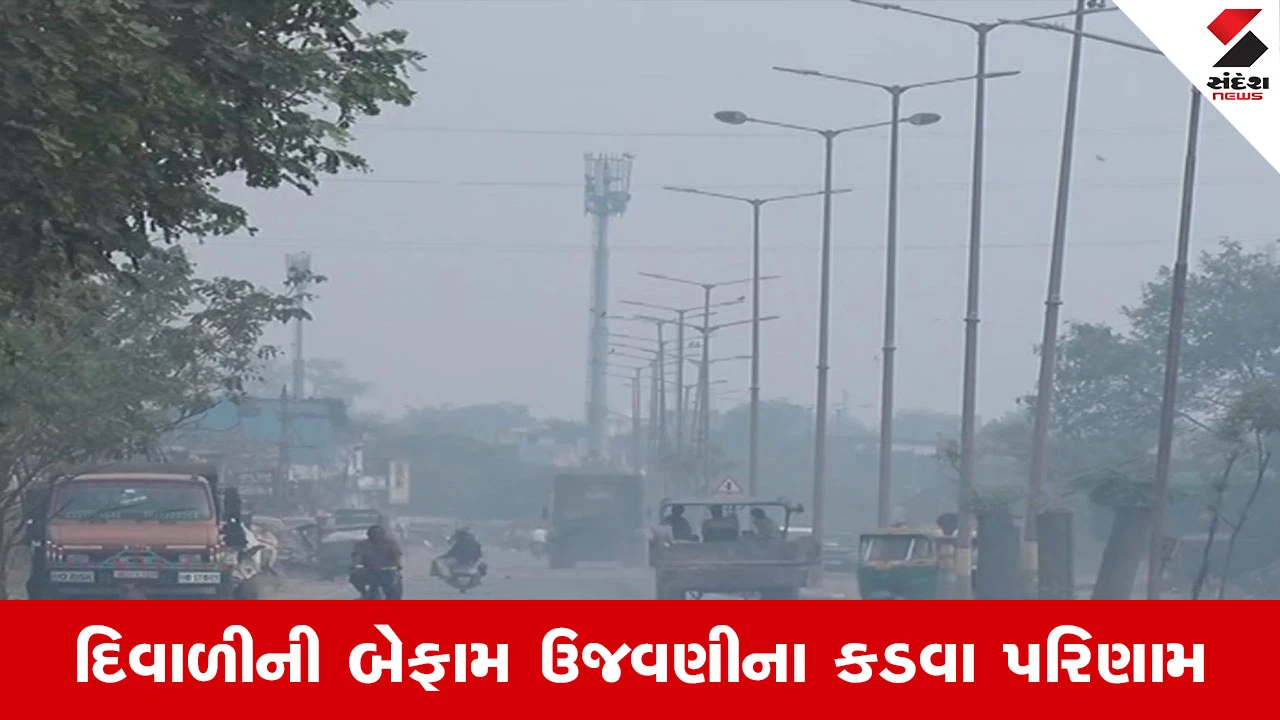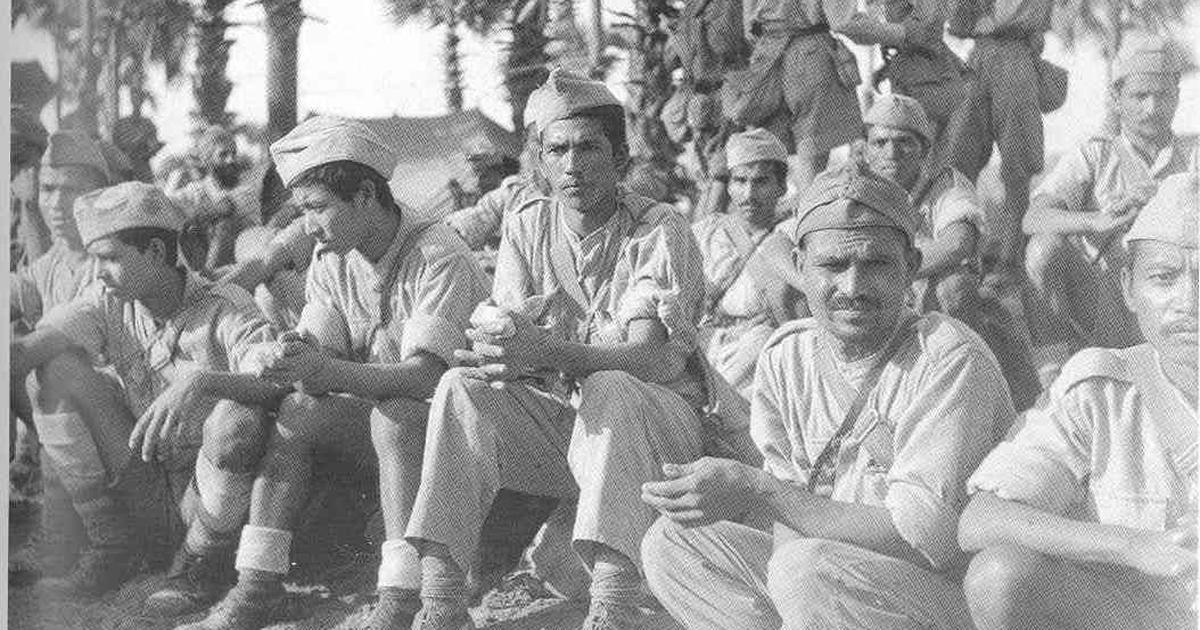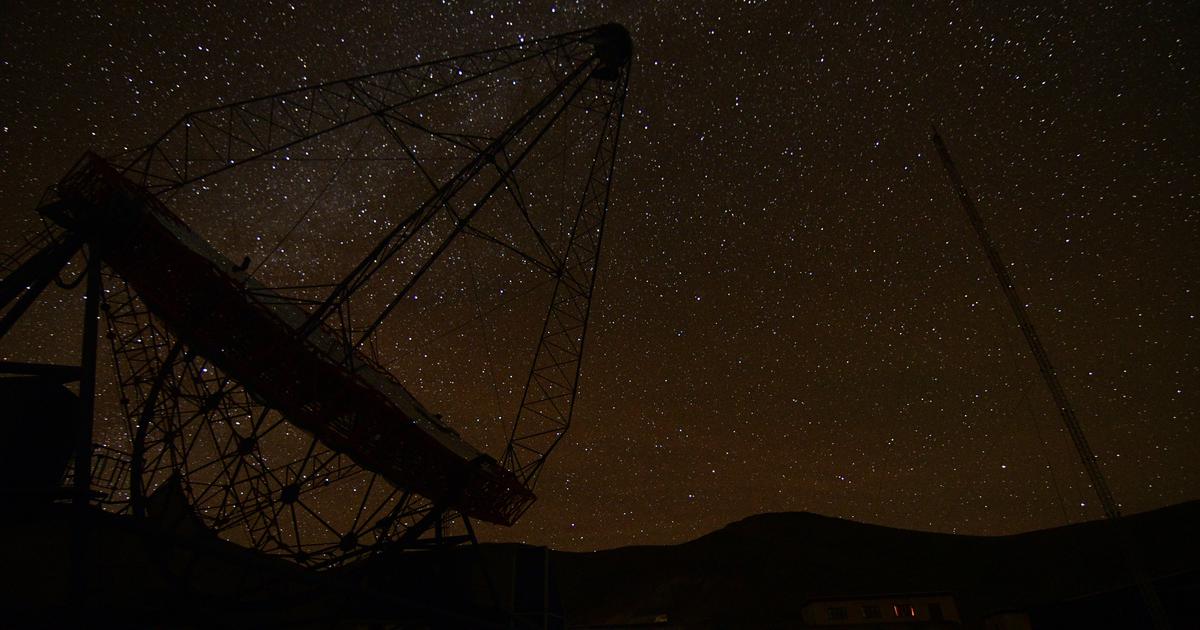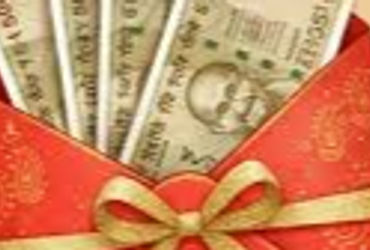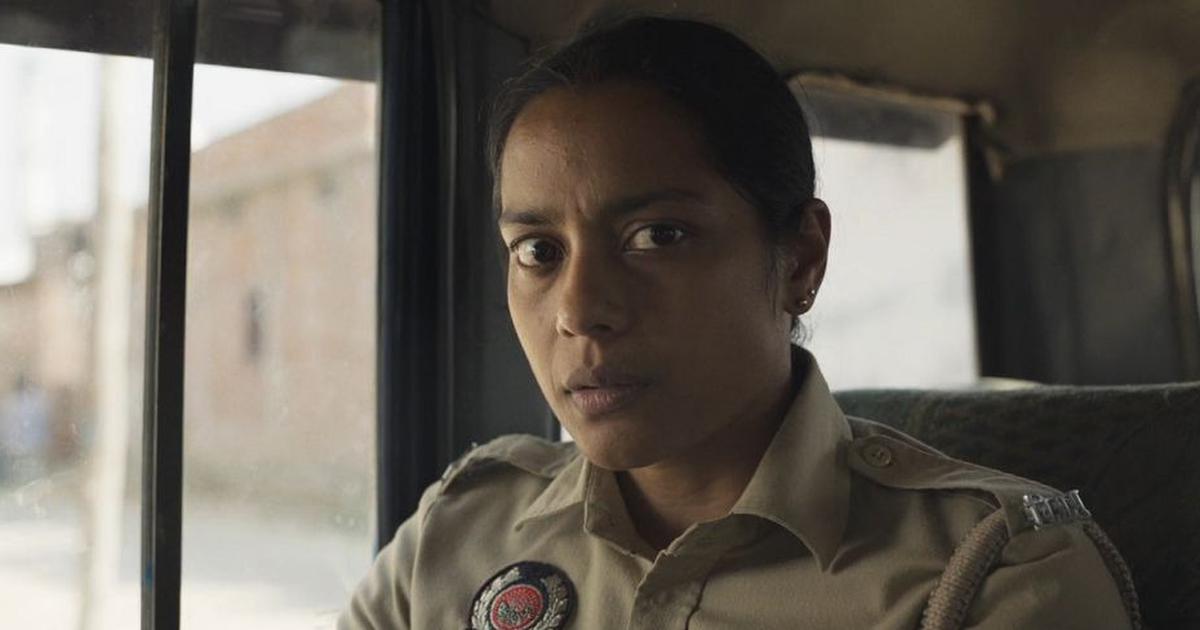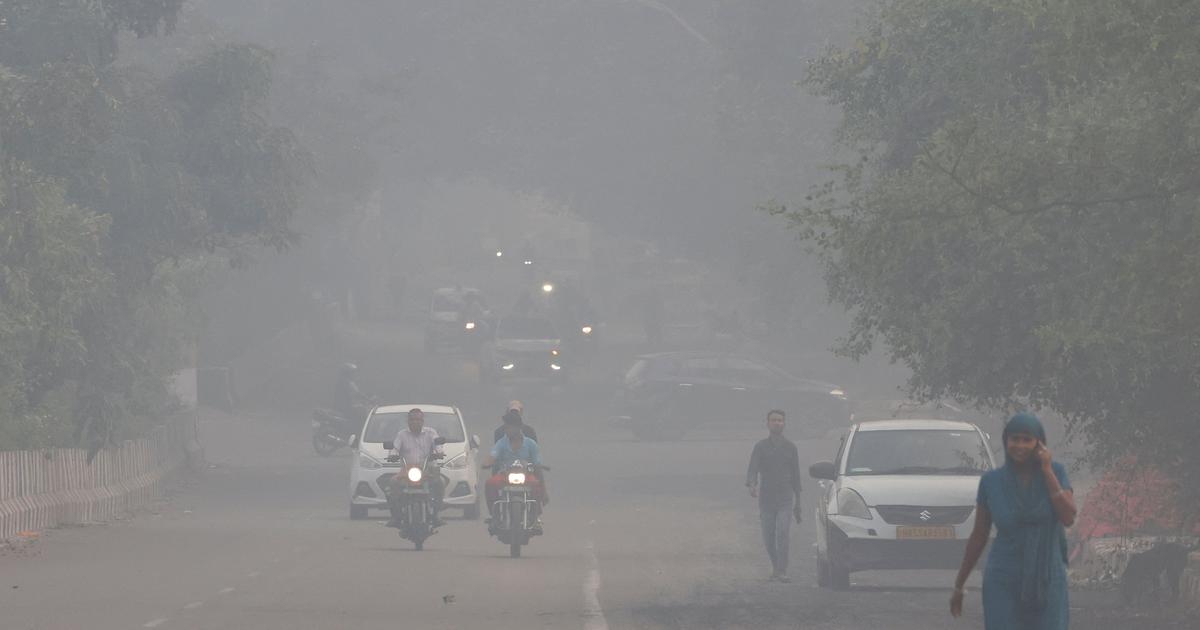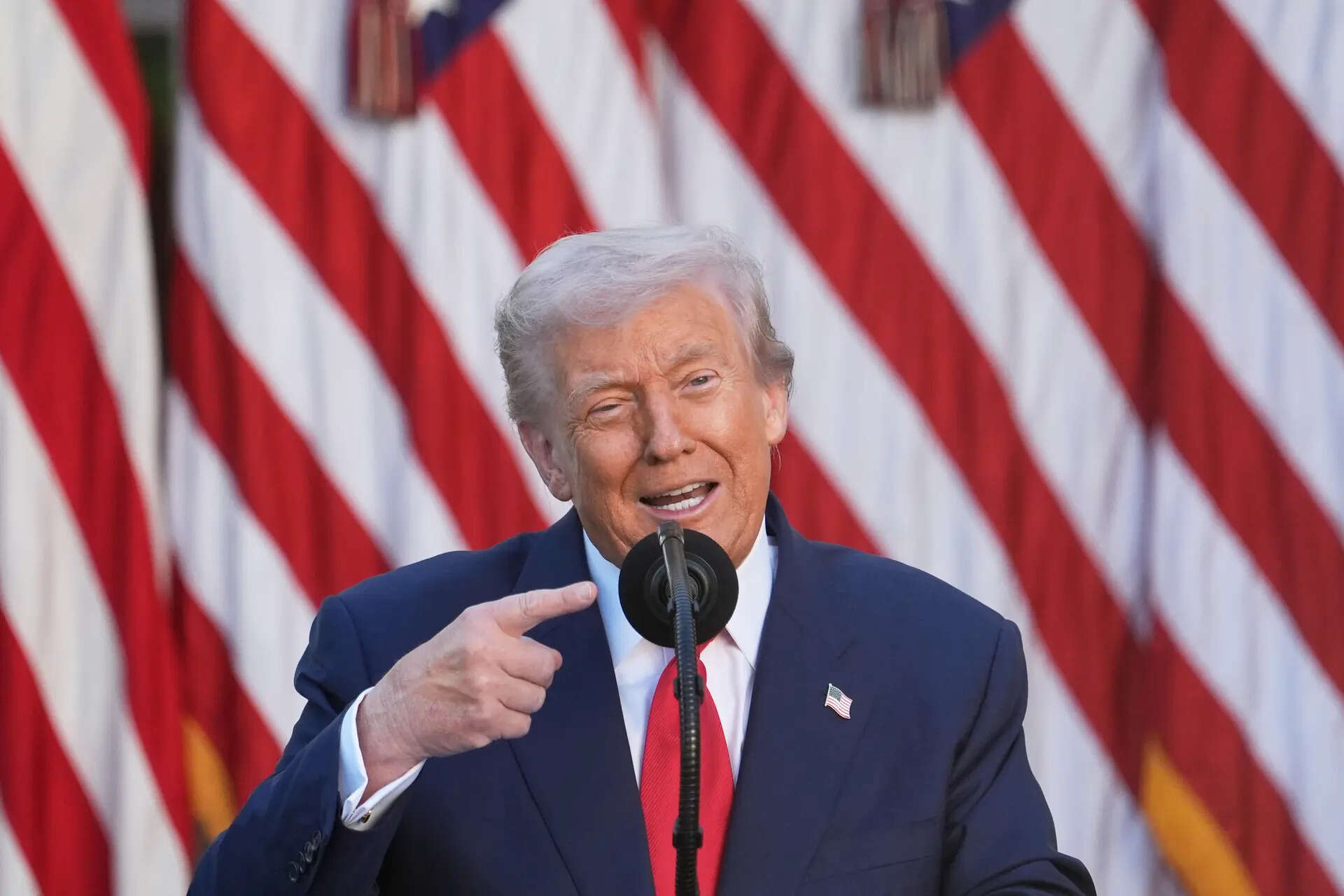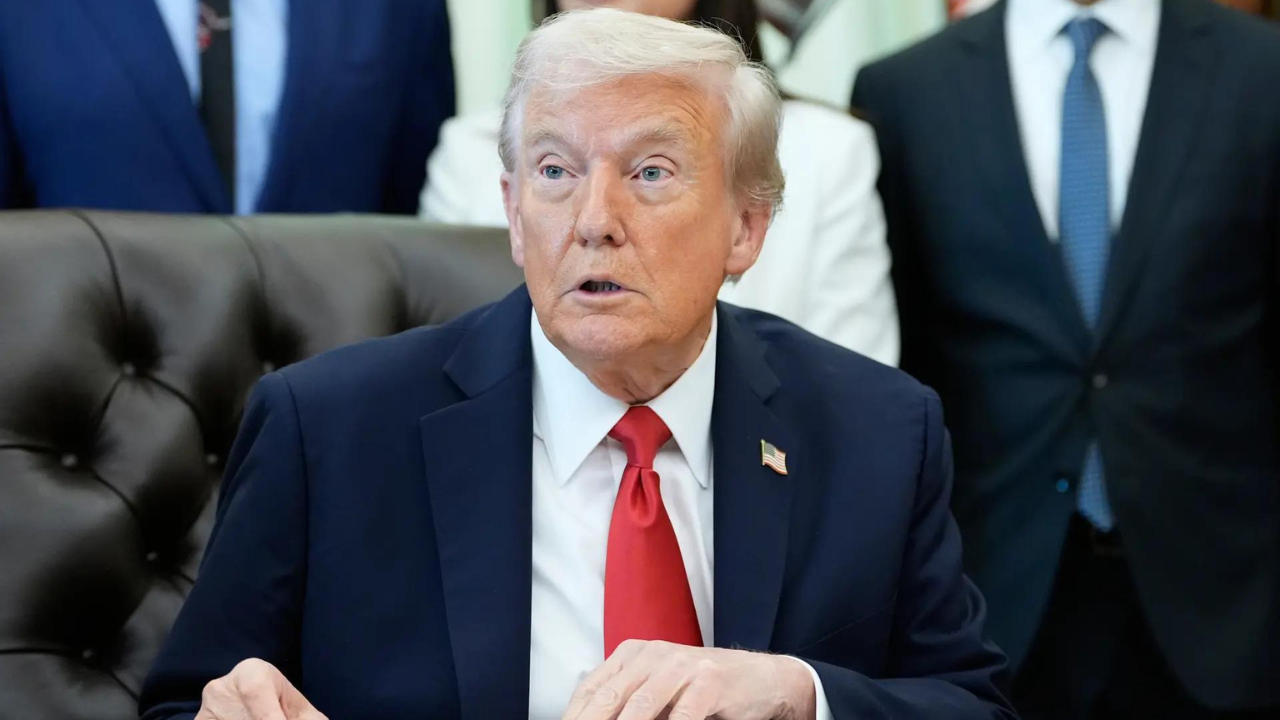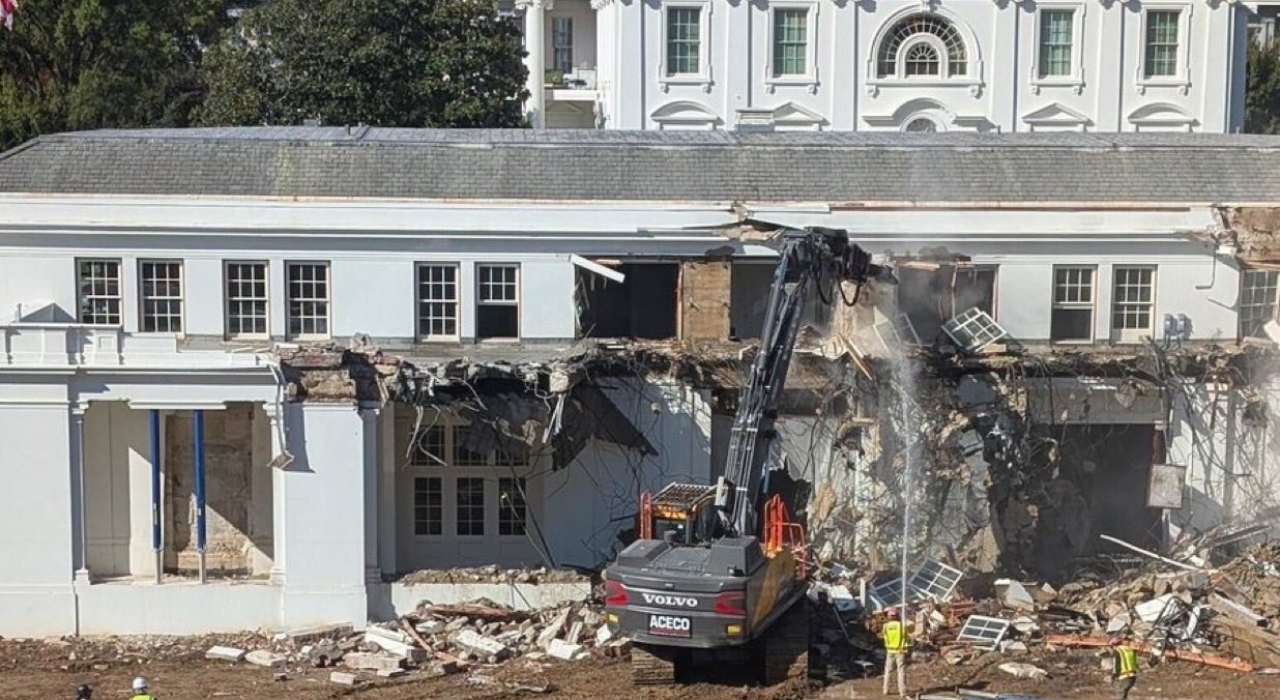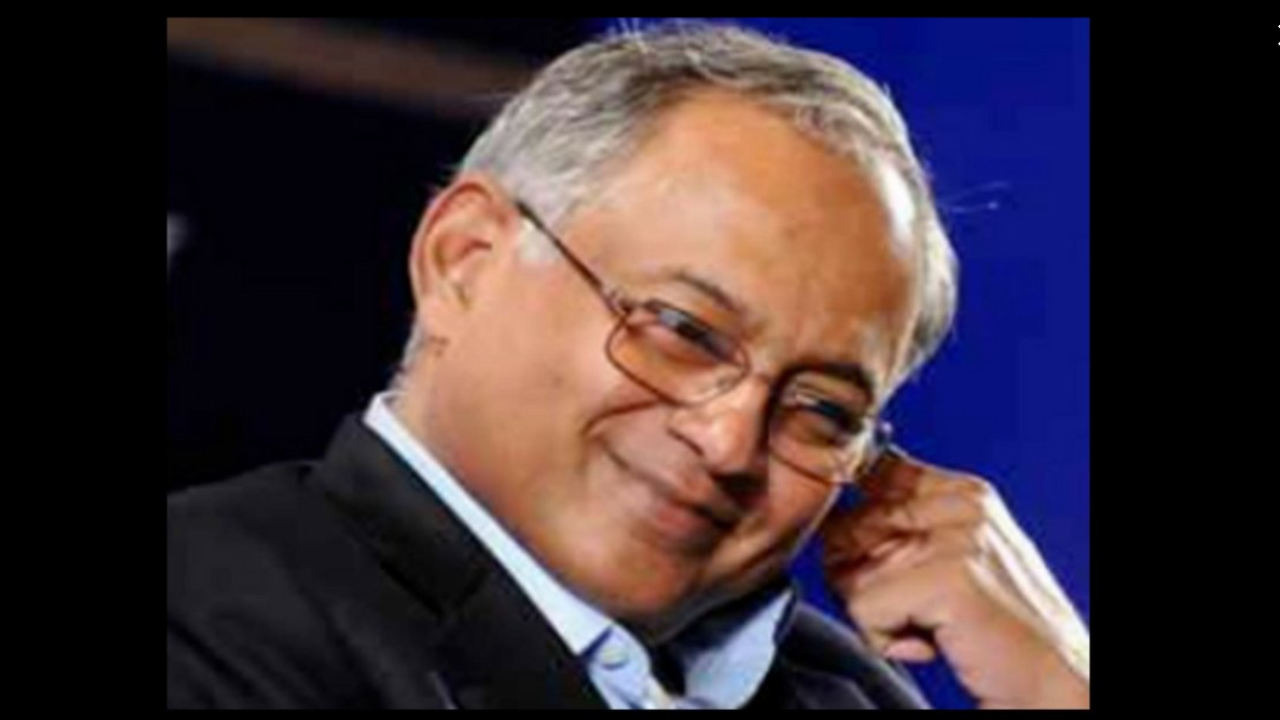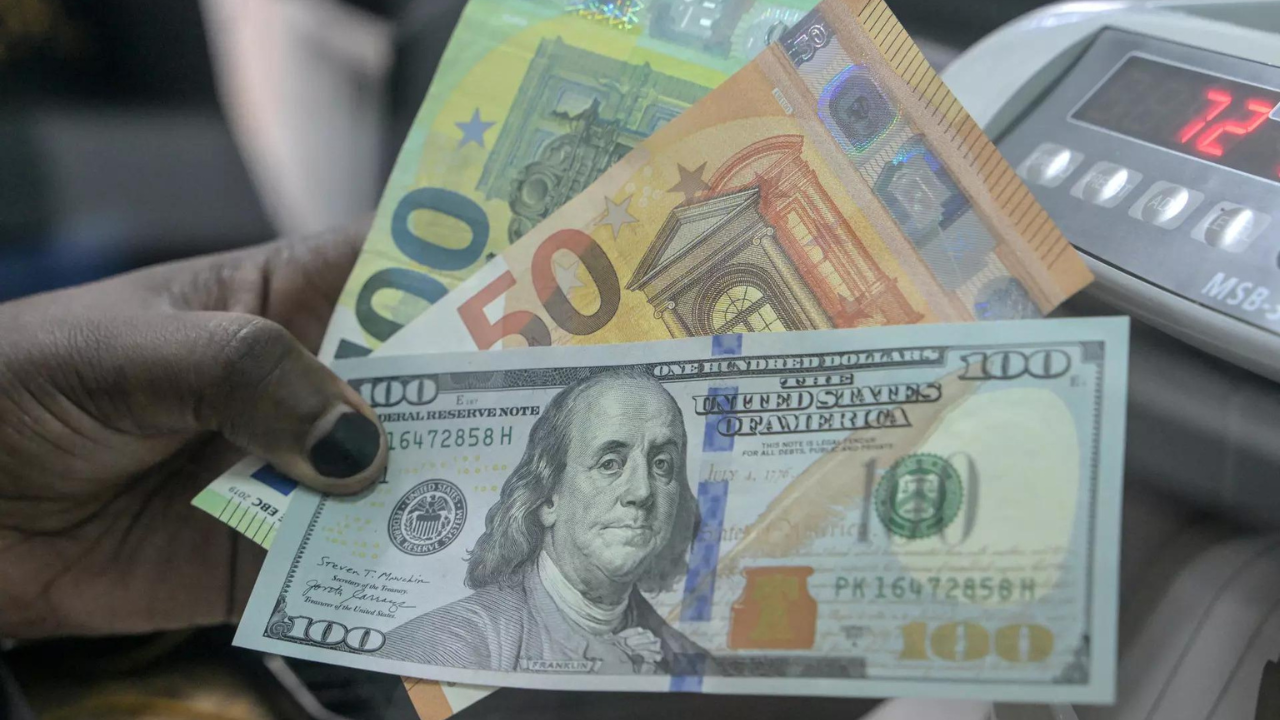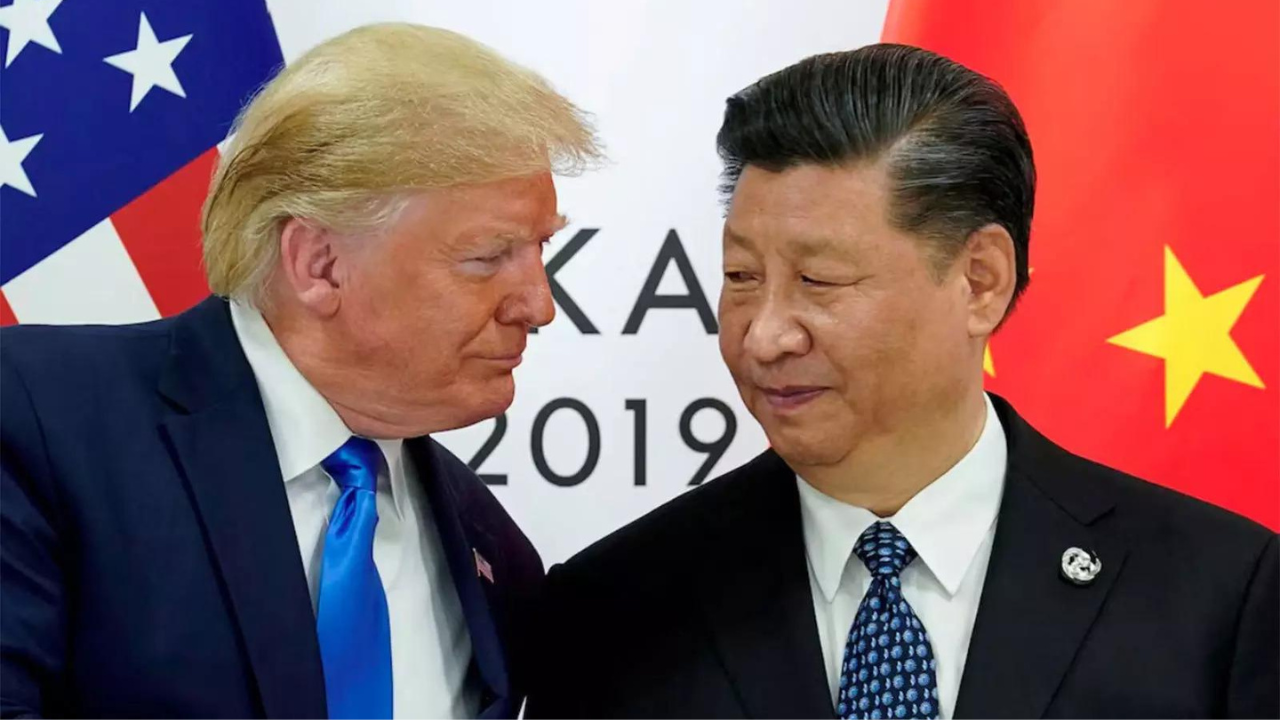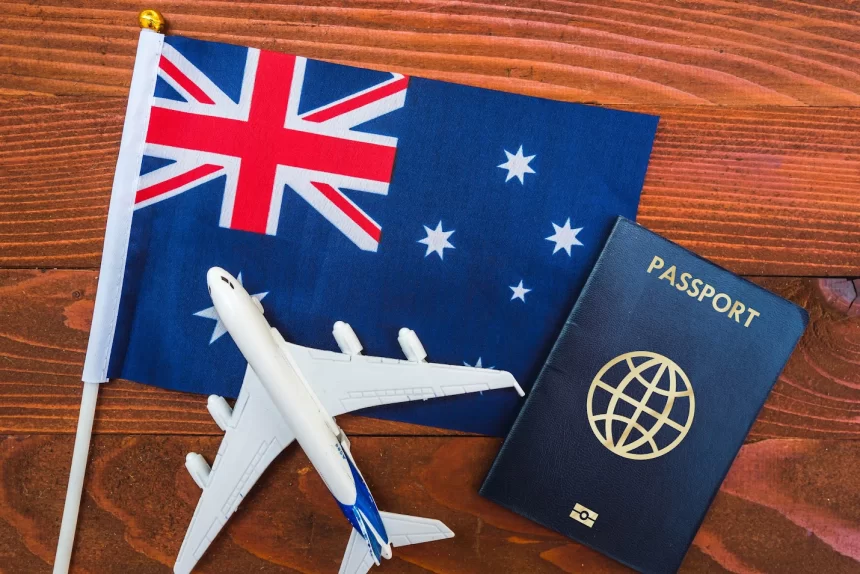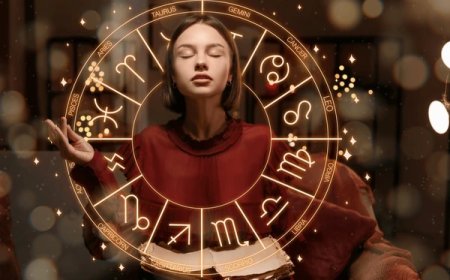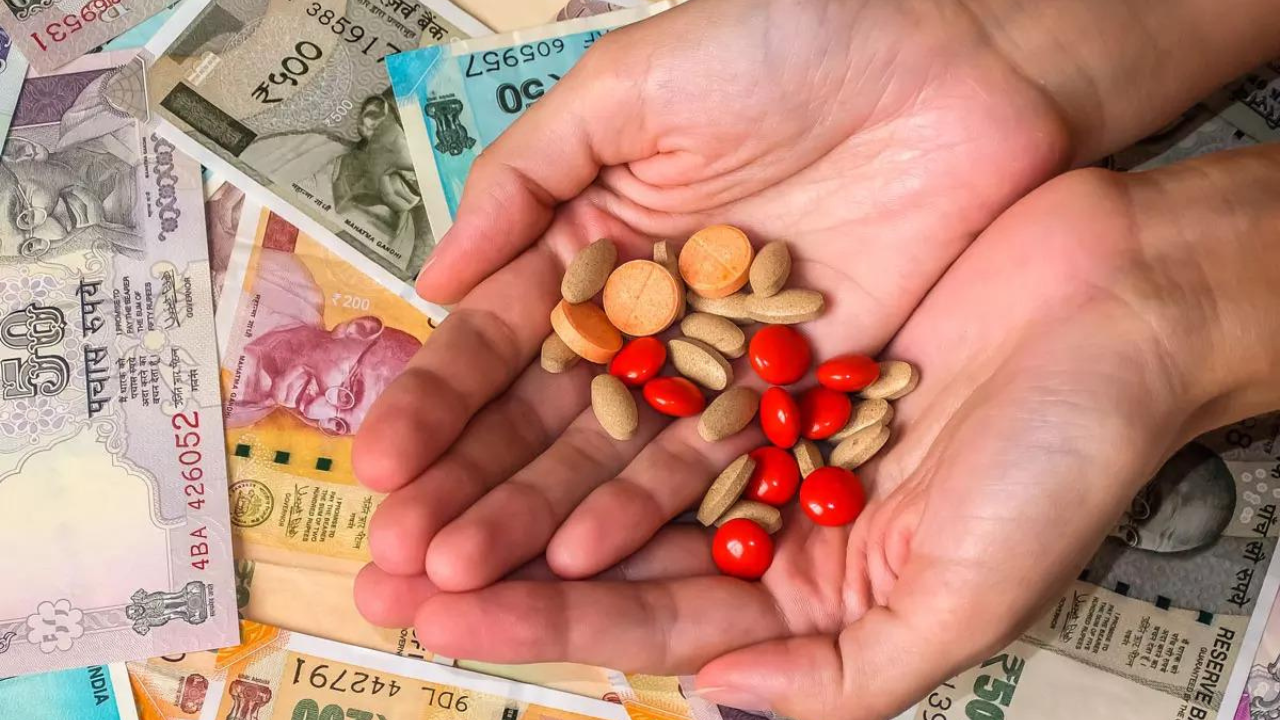Why the renaming of an iconic Bengali New Year parade in Dhaka sparked a debate

Join our WhatsApp Community to receive travel deals, free stays, and special offers!
- Join Now -
Join our WhatsApp Community to receive travel deals, free stays, and special offers!
- Join Now -

In the predawn hours of April 12, a fire on the Dhaka University campus reduced a 20-foot bamboo-and-cane sculpture called the “face of fascism” to ash. A papier-mâché dove, symbolising peace, was also charred.
The arson attack on the artwork was the visceral climax of a debate over a single word: “mangal” or auspicious.
It had been sparked by the university administration’s decision to rebrand the iconic Mangal Shobhajatra procession, which is held on Bengali New Year on April 14, as the Borsho Boron Anondo Shobhajatra (“Procession of Joy in the New Year Embracement”).
The renaming of the 36-year-old tradition, which had been born in protest against military dictatorship, has ignited a cultural war in Bangladesh.
Officials claim they are restoring the event’s original name. But the timing and context betrayed a darker agenda: the erasure of a symbol that once unified Bengalis across religious and political divisions.
The Mangal Shobhajatra began not as a festival but as a revolt. In 1989, under General Hussain Muhammad Ershad’s autocratic regime, students at Dhaka University’s Faculty of Fine Arts crafted grotesque owls (to represent corruption), tigers (courage), and doves (peace) to mock the military’s grip on power.
They paraded these figures through the campus at an event they called Ananda Shobhajatra (“Joyful Procession”).
By 1996, as democracy flickered to life in the...
What's Your Reaction?
 Like
0
Like
0
 Dislike
0
Dislike
0
 Love
0
Love
0
 Funny
0
Funny
0
 Angry
0
Angry
0
 Sad
0
Sad
0
 Wow
0
Wow
0

